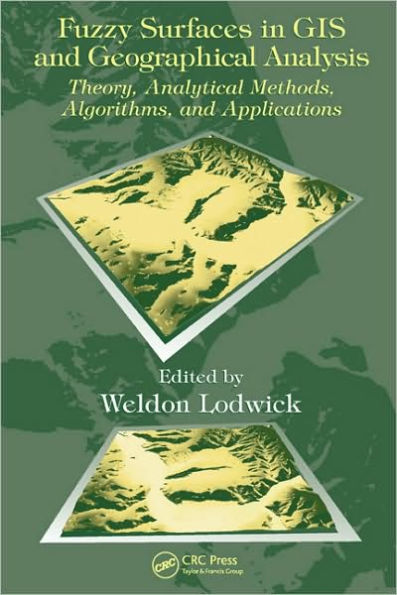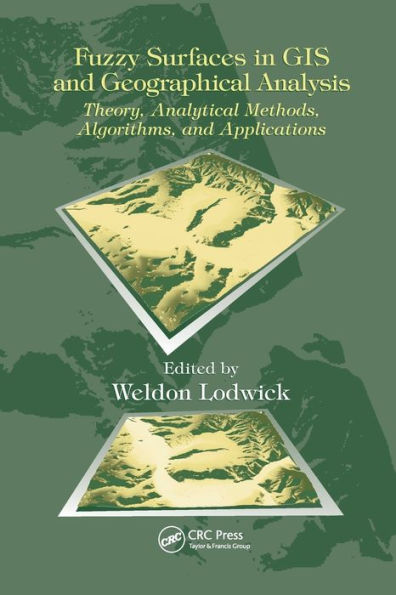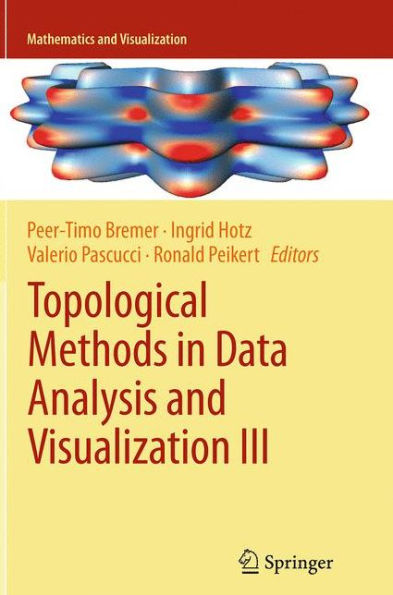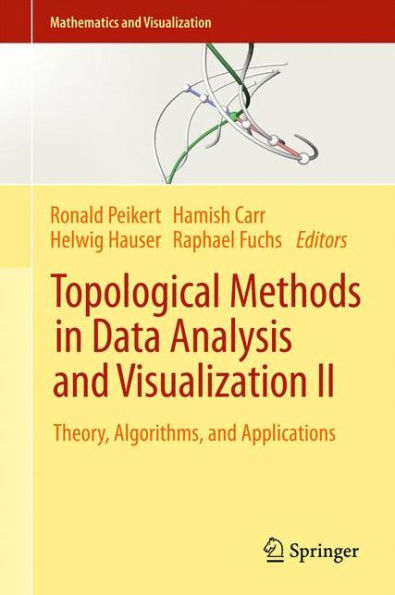Home
Fuzzy Surfaces GIS and Geographical Analysis: Theory, Analytical Methods, Algorithms Applications
Barnes and Noble
Fuzzy Surfaces GIS and Geographical Analysis: Theory, Analytical Methods, Algorithms Applications
Current price: $230.00


Barnes and Noble
Fuzzy Surfaces GIS and Geographical Analysis: Theory, Analytical Methods, Algorithms Applications
Current price: $230.00
Size: Hardcover
Loading Inventory...
*Product information may vary - to confirm product availability, pricing, shipping and return information please contact Barnes and Noble
Surfaces are a central to geographical analysis. Their generation and manipulation are a key component of geographical information systems (GISs). However, geographical surface data is often not precise. When surfaces are used to model geographical entities, the data inherently contains uncertainty in terms of both position and attribute.
Fuzzy Surface in GIS and Geographical Analysis
sets out a process to identify the uncertainty in geographic entities. It describes how to successfully obtain, model, analyze, and display data, as well as interpret results within the context of GIS.
Focusing on uncertainty that arises from transitional boundaries, the book limits its study to three types of uncertainties: intervals, fuzzy sets, and possibility distributions. The book explains that uncertainty in geographical data typically stems from these three and it is only natural to incorporate them into the analysis and display of surface data. The book defines the mathematics associated with each method for analysis, then develops related algorithms, and moves on to illustrate various applications.
clearly defines how to develop a routine that will adequately account for the uncertainties inherent in surface data.
Fuzzy Surface in GIS and Geographical Analysis
sets out a process to identify the uncertainty in geographic entities. It describes how to successfully obtain, model, analyze, and display data, as well as interpret results within the context of GIS.
Focusing on uncertainty that arises from transitional boundaries, the book limits its study to three types of uncertainties: intervals, fuzzy sets, and possibility distributions. The book explains that uncertainty in geographical data typically stems from these three and it is only natural to incorporate them into the analysis and display of surface data. The book defines the mathematics associated with each method for analysis, then develops related algorithms, and moves on to illustrate various applications.
clearly defines how to develop a routine that will adequately account for the uncertainties inherent in surface data.

















